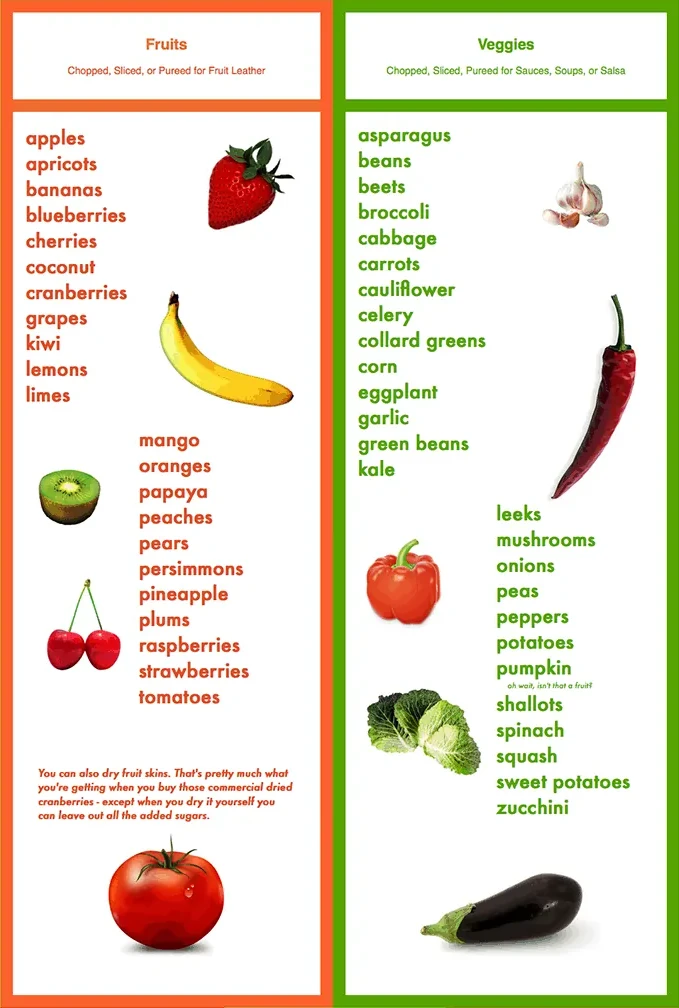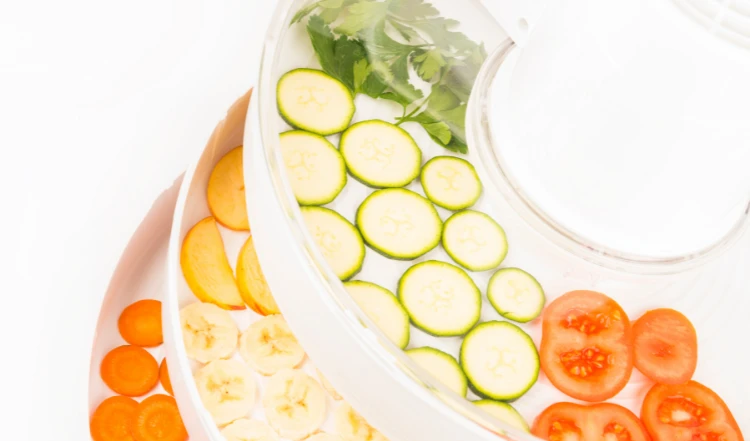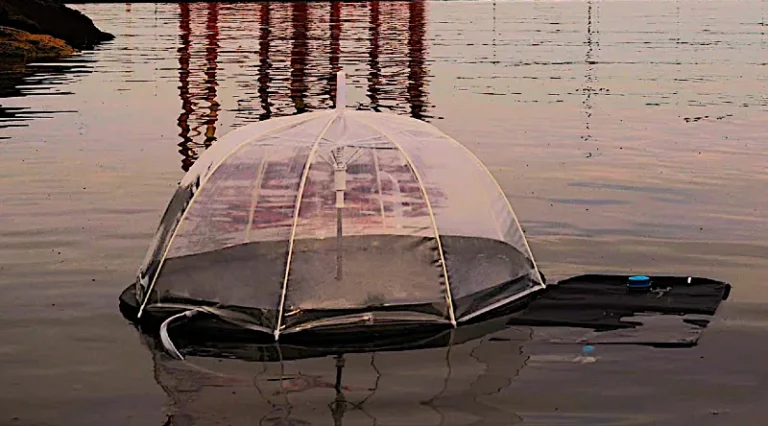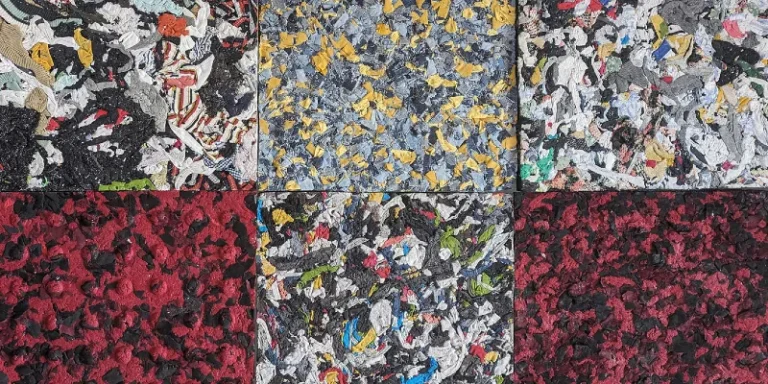Dehydrating or drying out food is one of the oldest food preservations out there, and something that’s making a bit of a comeback in recent years.
The idea is to preserve the food by removing as much of the moisture or water content as possible.
Not only will this keep fruits, vegetables, and even meats from spoiling, it also removes a lot of the weight and size of each piece of food.
This allows you to store your harvest more easily.
Many dehydrated foods can be eaten as is, but you can also soak them in water or another liquid to rehydrate them.
The reason dehydrating works so well to preserve a large variety of food is because yeast and bacteria need water to grow.
By removing all the water from the food, there’s no way for these microorganisms to thrive, thus leaving your food well-preserved.
Of course, you can also dry food in the hot sun (like the old days) or in the oven, but most prefer a handy set-it-and-forget dehydrator.
And most people feel food dehydration is easier and less messy than canning. Personally, I agree with that assessment.

Now, the oven is a great place to get started, while a dehydrator will give you better control and lower settings that result in tastier dried foods. But before you purchase a dehydrator, you may want to try out the oven for a few weeks.
This will give you an idea whether dehydrated food actually fits into your family and your lifestyle. Basically, find out if the investment is worth it before you click BUY.
The optimum temperature for drying food is 140F.
This can be a little hard to hold, even on the lowest setting on your oven.
Before you start to do any dehydrating in the oven, I recommend you invest in an oven thermometer. It will help you determine what the actual temperature in your oven is.
It will also allow you to turn the heat on and off as needed to stay at or close to the ideal dehydrating temperature.
The same thermometer can also be very helpful when you’re starting to experiment with solar drying.

Of course, you won’t need it if you invest in an electric dehydrator. These appliances aren’t as expensive as you may think and easy to order from Amazon or even pick up at your local small appliance store.
I recommend you start with one of the smaller models. Not only are they less expensive, they also take up a lot less space when not in use.
Play around and start drying some fruits and vegetables. Get comfortable with the process and more importantly, see how you can your family enjoy the dry food.
Do you find yourself snacking on dried fruits and veggie chips?
Do you like rehydrating and cooking with vegetables that have been preserved this way? If not, there is no reason to invest in a larger dehydrator.
If on the other hand you find yourself using it a lot, and are ready to upgrade, you end up with two different dehydrators that you can run at the same time come harvest and preservation time.
Ready to jump into food dehydration and get started? Click here and download our handy cheatsheets of the best fruits and vegetables to dehydrate. You’ll save money and lower your food waste simultaneously. That’s a win-win!















